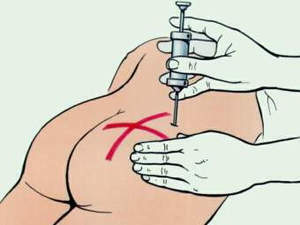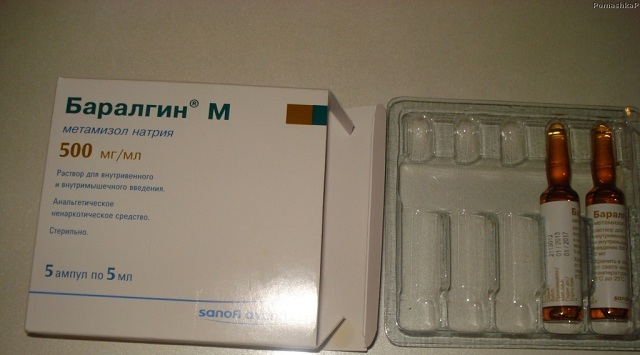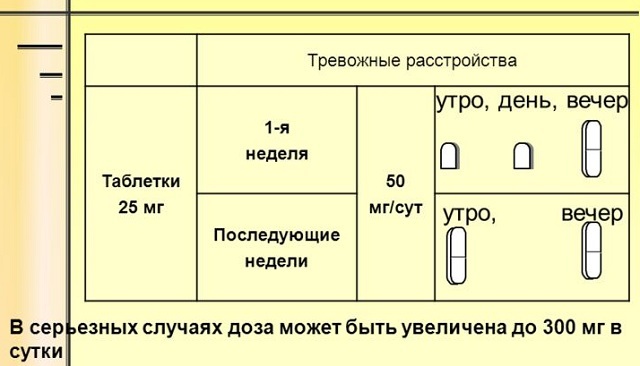 Among many medications that have an analgesic, antipyretic and anti-inflammatory effect on the human body, Diclofenac is particularly popular with doctors and patients.
Among many medications that have an analgesic, antipyretic and anti-inflammatory effect on the human body, Diclofenac is particularly popular with doctors and patients.
This product, which is available in the form of tablets, rectal suppositories, oral syrup, intramuscular injection solution, patch and ointment for topical use is widely used to treat diseases of the musculoskeletal system.
Diclofenac is also used in the complex treatment of diseases, which are accompanied by fever and unpleasant sensations in the joints and muscles.
 On the choice of injections for osteochondrosis read on our site. About the problems of people suffering from deforming coxarthrosis here. It is important to prevent the disease in time.
On the choice of injections for osteochondrosis read on our site. About the problems of people suffering from deforming coxarthrosis here. It is important to prevent the disease in time.
Article content
- Pharmacological action
- Indications for use of Diclofenac
- Who is contraindicated Diclofenac - injection solution?
- Features of injections - how to do injections Diclofenac, dosage
- Generalized patient reviews of injections Diclofenac
- Analogues of the drug Diclofenac for intramuscular injections and injections
Pharmacological action
In most cases, pharmaceutical companies produce diclofenac sodium, although recently on the shelves of pharmacies can be seenand diclofenac potassium - the effectiveness of the drug from the fact in the form of what salt is produced this drug, completely independentsieves.
Diclofenac refers to the anti-inflammatory agents of the nonsteroidal structure - this remedy has a pronounced anti-inflammatory and analgesic and moderately severe antipyretic effect. Accordingly, the main indications for the use of this drug are diseases of the movement organs, which are accompanied by pain in the joints and soft tissues surrounding the joints.
The action of diclofenac weakens the pain that exists at rest and increases with movement, decreases the severity of morning stiffness inherent in inflammatory and degenerative-dystrophic diseases of the joints - these measures help restore the normal volume of movements of the organs of the musculoskeletal system. The persistent effect of the therapy in this case is achieved after 8-10 days of systematic administration of this drug.
In this case, it is necessary to start treatment with the administration of the drug in the form of intramuscular injections, and then, depending on the type of pathology and the patient's condition, other forms of this drug( tablets, ointments, rectal suppositories, patches) can be prescribed. If necessary, the doctor can prescribe the patient diclofenac in several dosage forms - in this case it is important not to exceed the maximum daily dose of the drug.
In the case where diclofenac is prescribed as a remedy for symptomatic treatment of fever and hyperthermia, its dose should be recommended by a doctor who will assess the patient's condition and decide whether there is a need for taking a febrifuge. Usually limited to 1-2 diclofenac doses in the form of tablets, suppositories and injections.
Indications for use of Diclofenac
The administration of diclofenac is justified in the following cases:
- rheumatism, including conditions accompanied by simultaneous damage to the organs of the musculoskeletal system;
- degenerative-dystrophic diseases of the organs of movement - arthrosis, osteoarthritis, osteochondrosis of the spine;
- ankylosing spondylitis( Bechterew's disease)
- trauma to the musculoskeletal system;
- autoimmune connective tissue diseases;
- inflammatory processes of joints and muscles, accompanied by pain syndrome;
- postoperative pain;
- neuralgia, which are accompanied by severe pain syndrome.
Who is contraindicated in diclofenac injection?
The use of the drug is contraindicated:
- in early childhood - Diclofenac is not prescribed for children under 6 years;
- for women in the last trimester of pregnancy and during breastfeeding;
- to patients who suffer from peptic ulcer of the stomach and duodenum, gastritis, duodenitis, esophagitis;
- for patients who bleed from the gastrointestinal tract during their lifetime;
- to patients suffering from "aspirin" bronchial asthma and allergic reactions to non-steroidal anti-inflammatory drugs;
- to people suffering from severe chronic liver diseases of the kidneys from the stage of decompensation.
Features of injection - how to do pricks Diclofenac, dosage
 When a patient begins treatment with Diclofenac, in the first days of therapy, this drug is prescribed more often intramuscularly. When the injection is performed, it is important to choose the right place for the drug administration - injections can be done only in large arrays of muscle tissue.
When a patient begins treatment with Diclofenac, in the first days of therapy, this drug is prescribed more often intramuscularly. When the injection is performed, it is important to choose the right place for the drug administration - injections can be done only in large arrays of muscle tissue.
Most often, the injection is performed in the outer upper quadrant of the buttock - a 5 ml syringe or more with a long needle is suitable for the injection. When injecting, you need to insert a needle into the muscle and pull the plunger of the syringe towards you - this will help to make sure that the needle does not hit the blood vessel.
It is advisable to change the side of the drug daily - to inject alternately into the right and left buttocks.
In most cases, it is sufficient to administer the drug once intramuscularly, but if necessary, you can combine injection of the drug and taking diclofenac tablets inside, topically applying the ointment or gel of diclofenac to the area of the affected joint. In the case, when it is necessary to prescribe this remedy to children, it is possible to use rectal suppositories, ingestion or local application of ointment - injections are painful enough.
For an adult it is recommended, regardless of the route of administration, not to exceed the daily dose of Diclofenac 150 mg. If you calculate how many maximum injections per day you can do, then you need to rely on this figure.
The dose of the drug for children depends on the age and body weight of the patient( depending on the child's condition, the drug is prescribed in a dose of 2 mg / kg of weight), and the daily dose is divided into several equal receptions.
Duration of treatment of the drugs in each case is determined on an individual basis.
A large article about the treatment of the intervertebral hernia without surgery is already on our site. About bruises and traumas of the coccyx, read in the article. First aid and survey plan.
Intercostal neuralgia is a scourge of a modern office worker, read more: http: //osteocure.ru/bolezni/nevralgiya/ mezhrebernaya-nevralgiya-simptomy-lechenie.html
Generalized patient feedback on diclofenac
Most patients who are prescribed diclofenac for injections in their reviews note a rather fast start timeaction of the drug( pain reduction can be seen after 20-30 minutes), whereas after oral administration the effect becomes noticeable only after 1.5-2 hours. Regardless of the mode of administration, the drug lasts for 6-8 hours - which is why the drug should be taken orally again( several times a day).
With intramuscular injection, the drug is absorbed from the muscle gradually, so it can be limited to a single injection. A detailed course of treatment will be selected by your doctor.
Patients note that the most frequent side effects of Diclofenac are dyspeptic phenomena( from the gastrointestinal tract), dizziness, drowsiness and irritability, as well as allergic reactions. With intramuscular injection, severe burning at the injection site, development of a limited abscess or spilled necrosis of the subcutaneous tissue is possible.
Analogues of Diclofenac for intramuscular injections and injections of
On the shelves of pharmacies, this drug can be found under the names of Voltaren, Orthofen, Diclac, Dicloberle, Olfen, Diclofenac, Diclobene - they contain the same active substance.
Other non-steroidal anti-inflammatory drugs that can be prescribed by a doctor with Diclofenac intolerance have a similar effect, so there is no question of replacing Diclofenac in the modern world.



